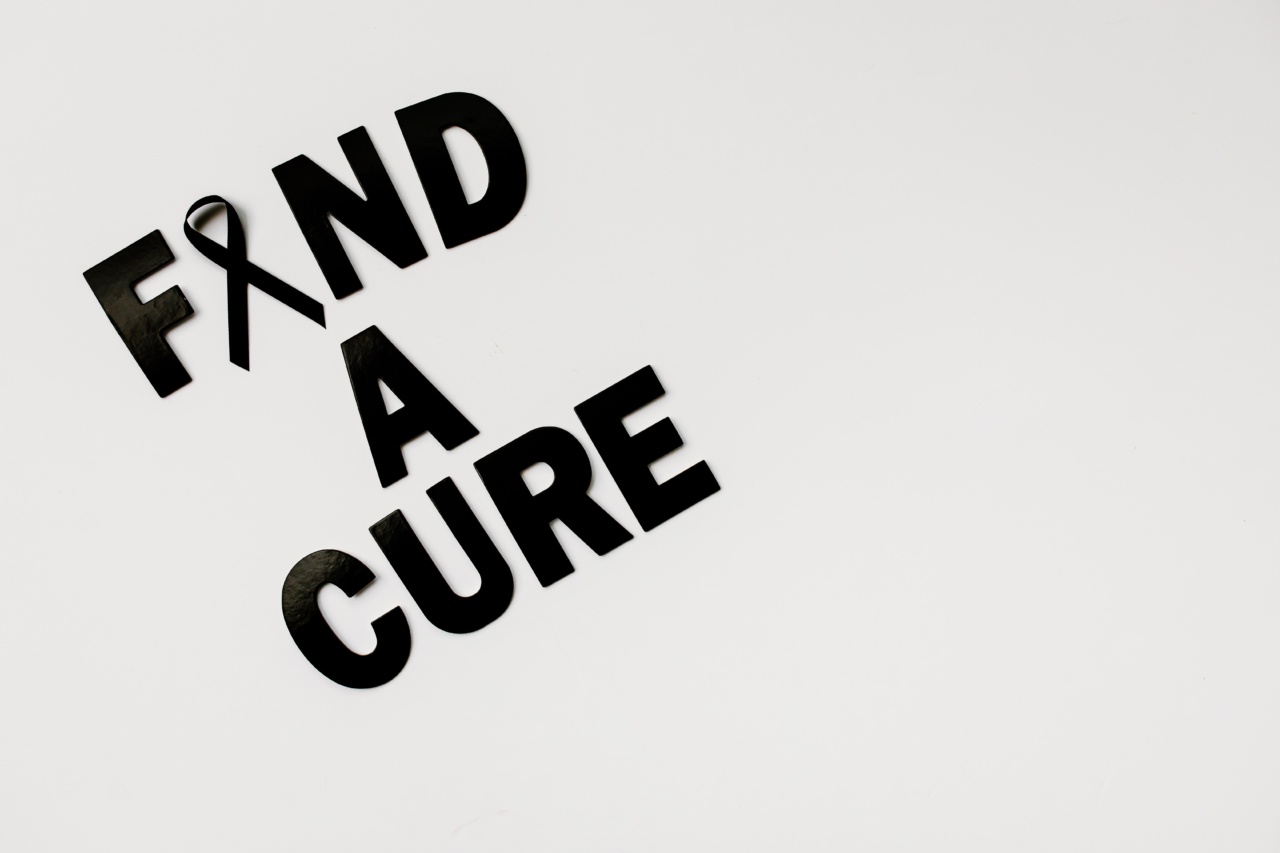When it comes to breast cancer, most people tend to think of it as a disease that solely affects women. However, breast cancer can also occur in men, although the incidence is much lower.
It is crucial for men to be aware of this disease and its implications, as early detection and intervention can greatly improve outcomes. This article presents 10 important facts every man should know about breast cancer.
1. Men Can Get Breast Cancer Too
Though breast cancer is much less common in men compared to women, it does exist. Men have a small amount of breast tissue, which means they are also susceptible to developing breast cancer.
However, male breast cancer constitutes less than 1% of all breast cancer cases.
2. Men Have a Higher Mortality Rate
While breast cancer is more prevalent in women, men often face a grimmer prognosis due to delayed diagnosis and lack of awareness. Men tend to have more advanced breast cancer at the time of diagnosis, leading to a higher mortality rate.
3. Risk Factors for Men
Several risk factors increase the likelihood of breast cancer in men.
These include increasing age, family history of breast cancer, certain inherited gene mutations such as BRCA2, radiation exposure, high estrogen levels, liver disease, obesity, and Klinefelter syndrome.
4. Common Symptoms in Men
The most common symptom of breast cancer in men is a painless lump or thickening in the breast tissue.
Other signs to be vigilant for include changes in breast shape, skin dimpling or puckering, nipple discharge or retraction, redness or scaling of the nipple or breast skin, and enlarged lymph nodes under the arm.
5. Importance of Early Detection
Early detection is crucial for favorable outcomes in breast cancer cases, regardless of gender. Men should perform regular self-examinations to detect any changes in their breast tissue.
Being familiar with one’s body helps in recognizing any abnormalities promptly.
6. Screening Recommendations for Men
Due to the rarity of breast cancer in men, there are no standard screening guidelines.
However, men who are at higher risk due to family history or genetic mutations may benefit from regular screenings, including mammograms or ultrasounds, as recommended by their healthcare provider.
7. Diagnostic Procedures
If any suspicious symptoms or abnormalities are detected, further diagnostic procedures may be performed. These may include imaging tests such as mammograms, ultrasounds, or MRIs, as well as biopsies to confirm the presence of cancerous cells.
8. Treatment Options
Treatment for male breast cancer typically involves surgery, radiation therapy, chemotherapy, hormone therapy, or a combination of these.
The specific treatment plan depends on various factors, such as the stage of cancer, the presence of hormone receptors, and overall health.
9. Psychosocial Support
Receiving a breast cancer diagnosis and undergoing treatment can be emotionally challenging for anyone, regardless of gender.
It is important for men with breast cancer to seek psychosocial support from their healthcare team, support groups, or counseling services to cope with the emotional impact of the disease.
10. Advocacy and Education
One of the most important roles men can play in breast cancer awareness is to become advocates and educators.
By sharing their own experiences and knowledge, they can help spread awareness, encourage early detection, and break the stigma surrounding breast cancer in men.
By being informed about breast cancer and its implications for men, individuals can take proactive steps towards prevention, early detection, and treatment.
Understanding the importance of regular self-examinations and seeking medical attention for any concerning symptoms will contribute to better outcomes and increased survival rates.






















